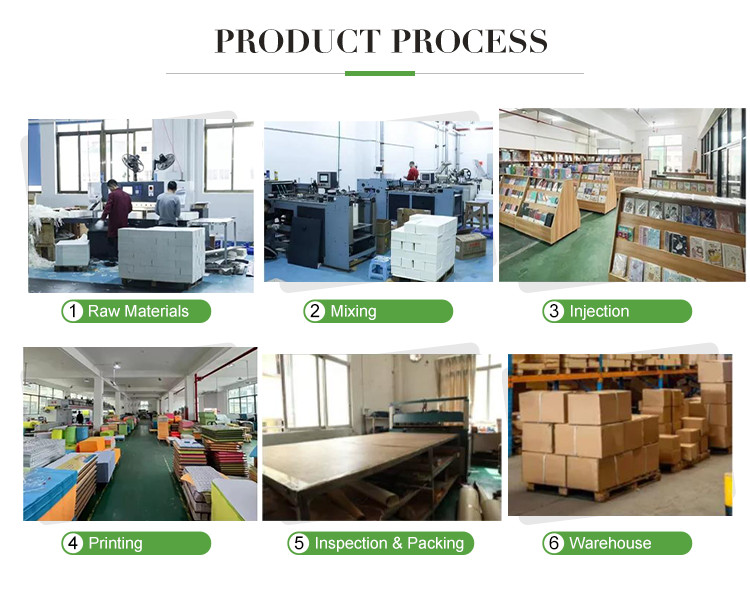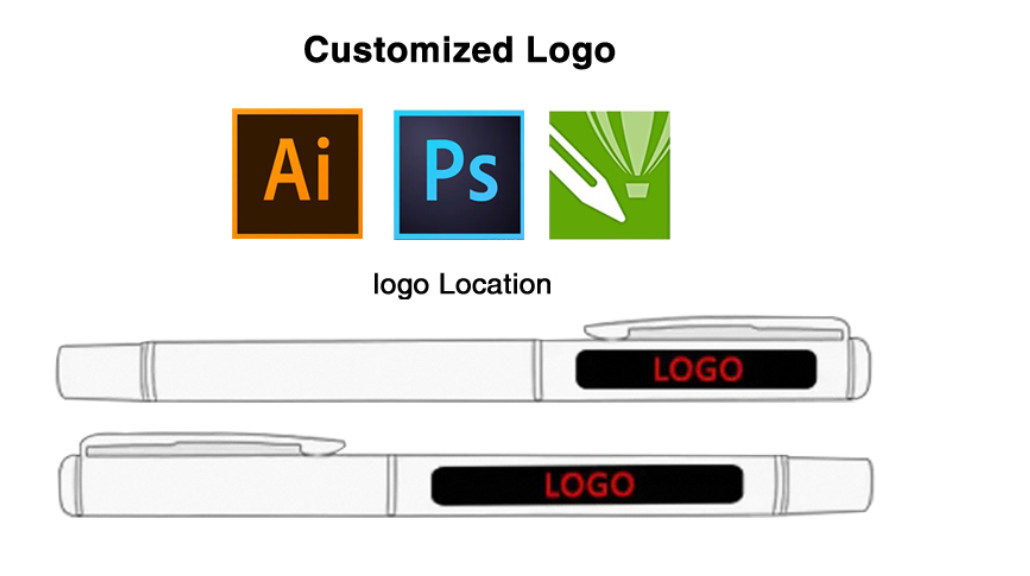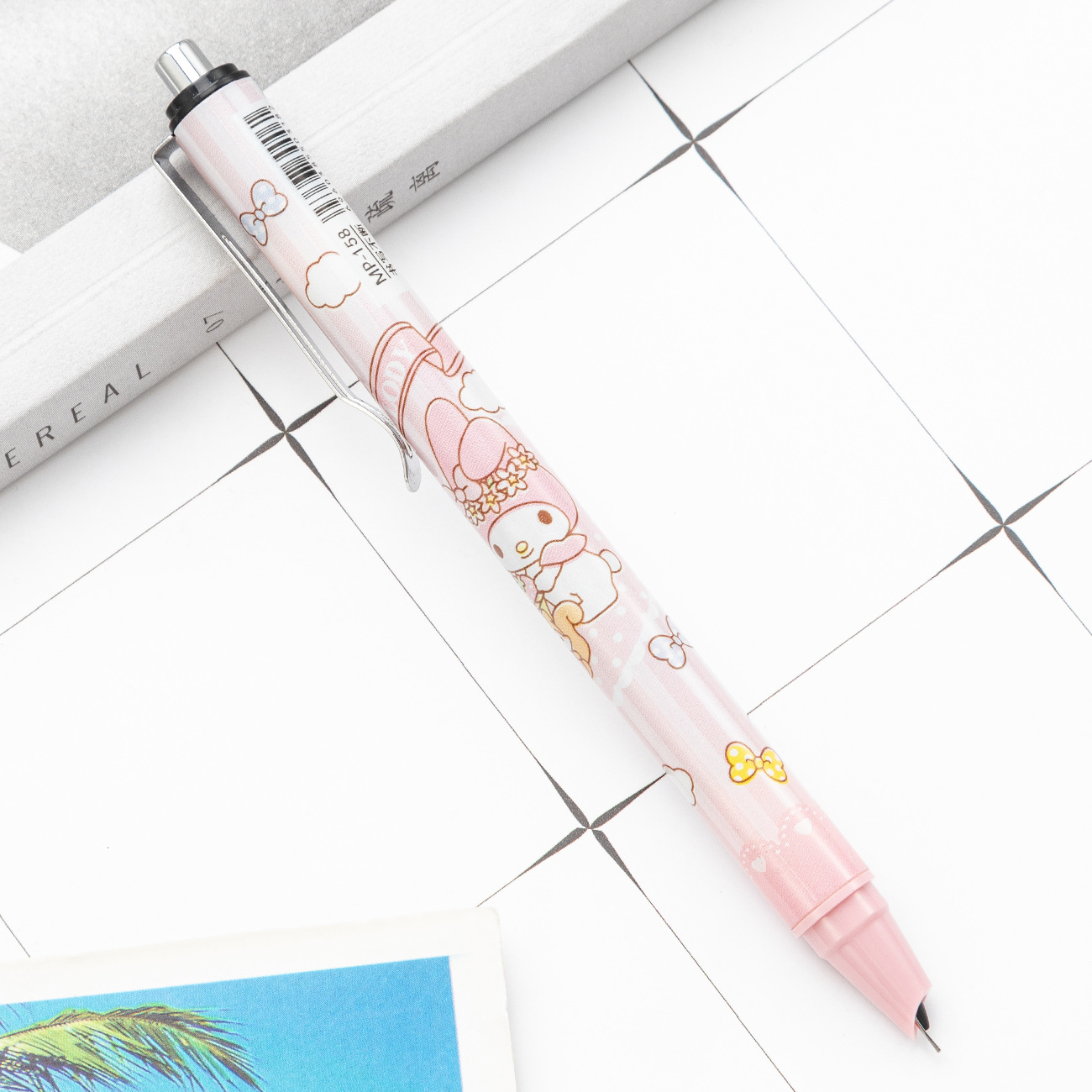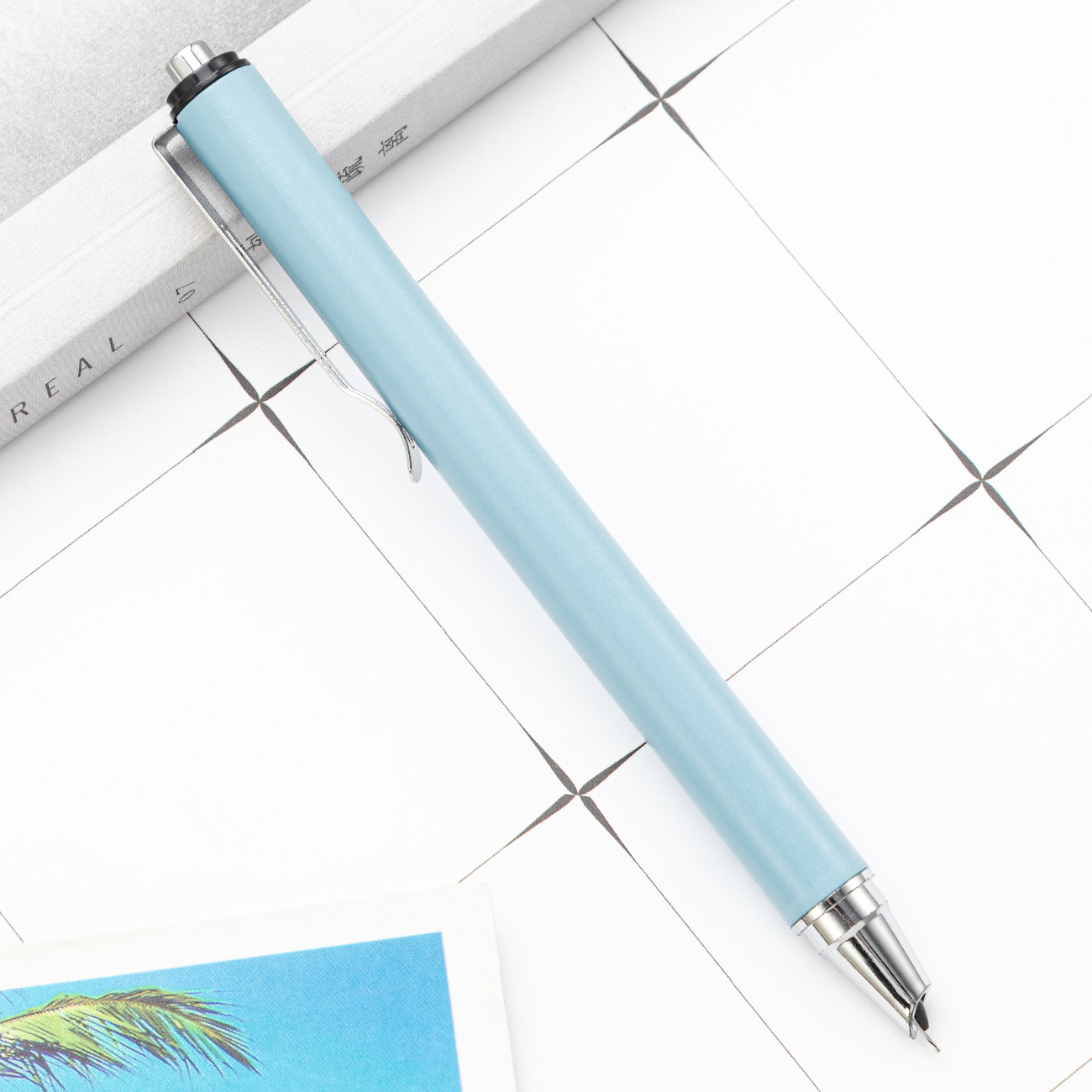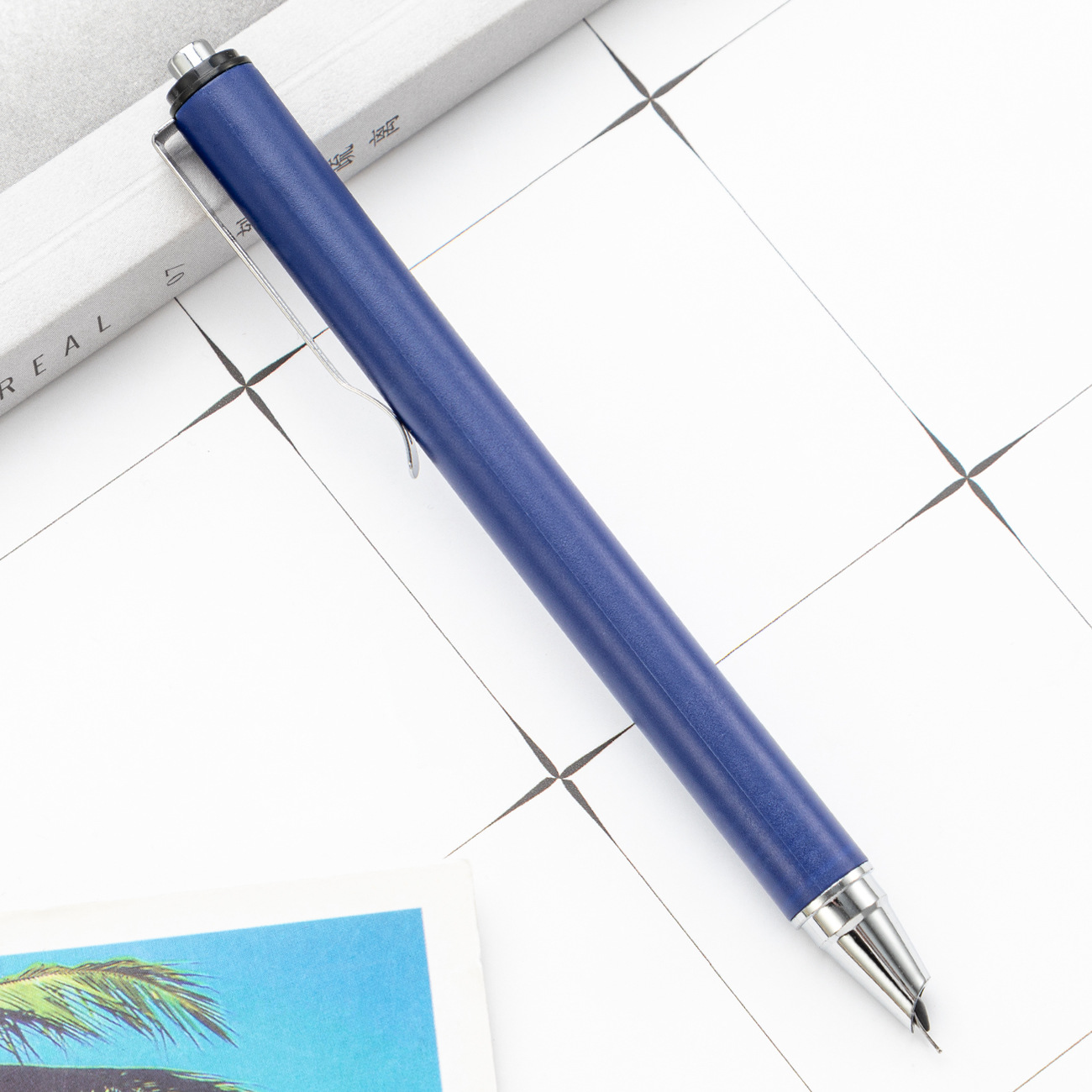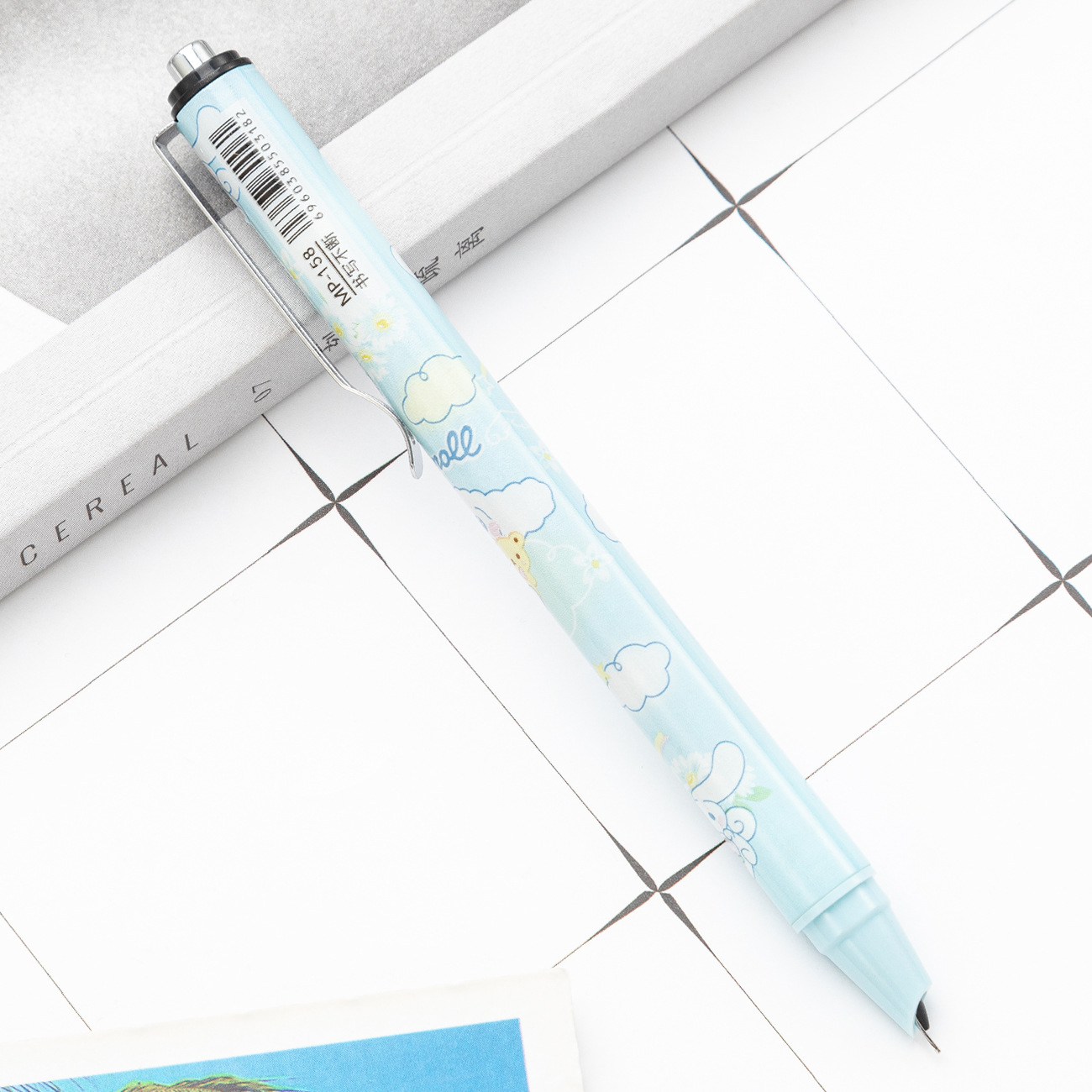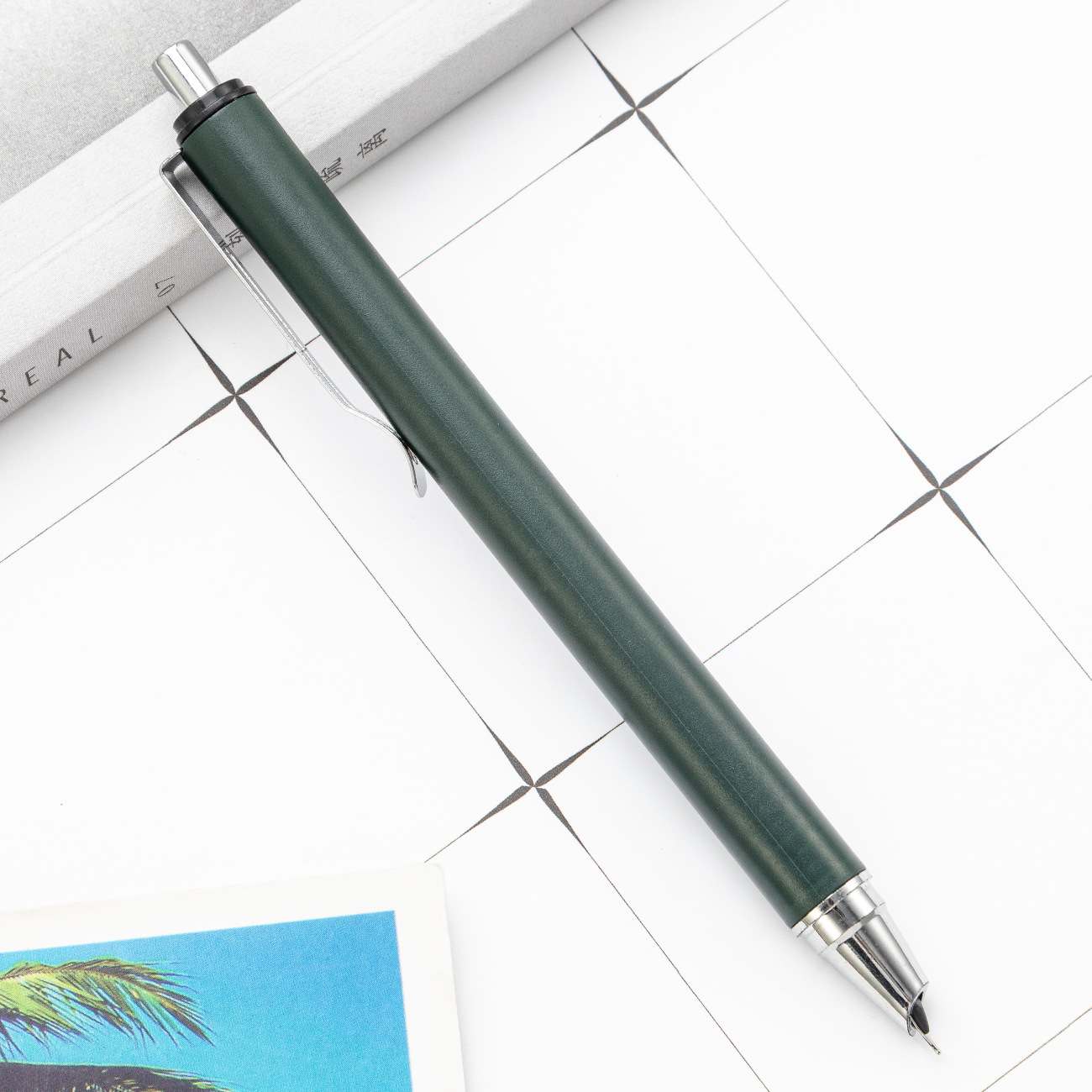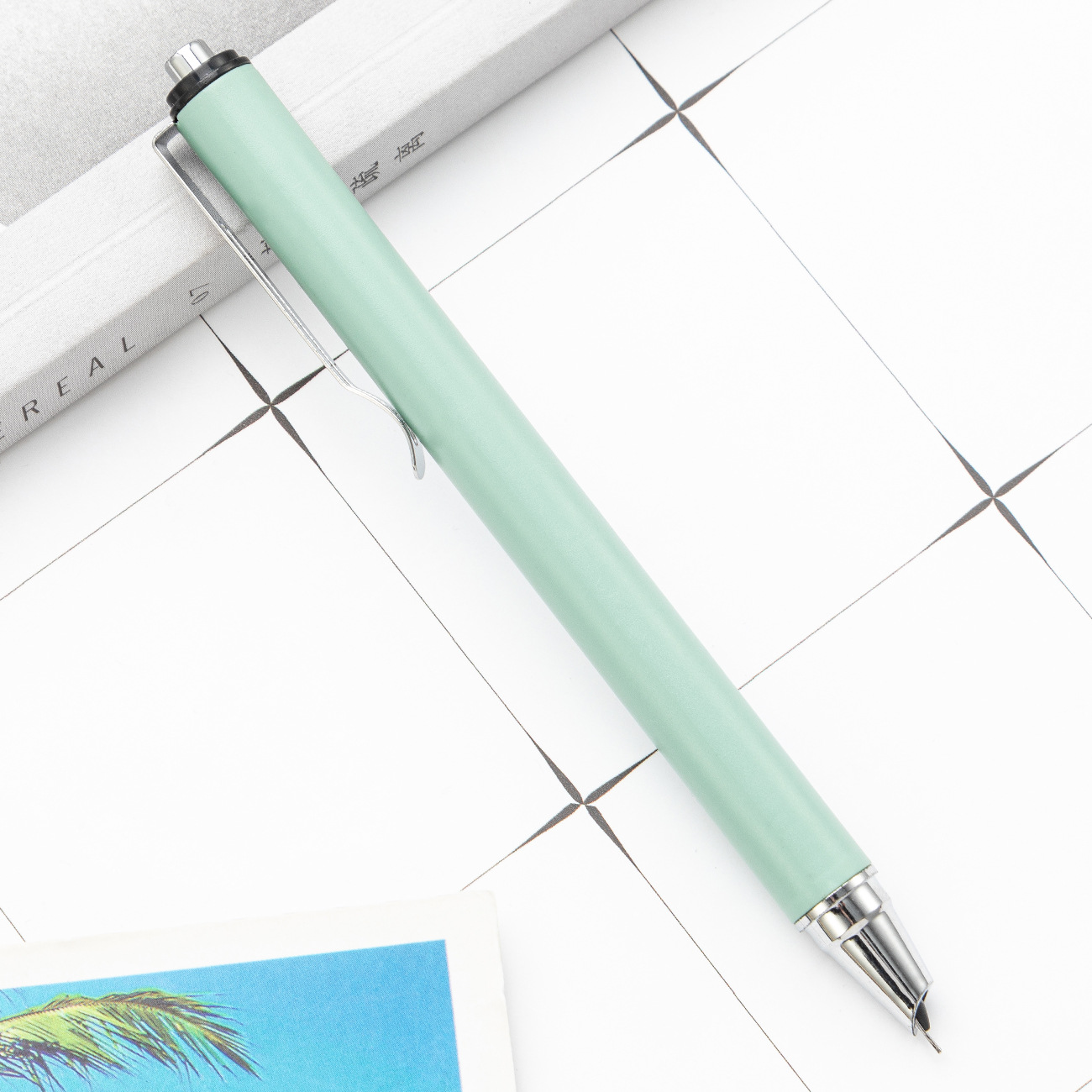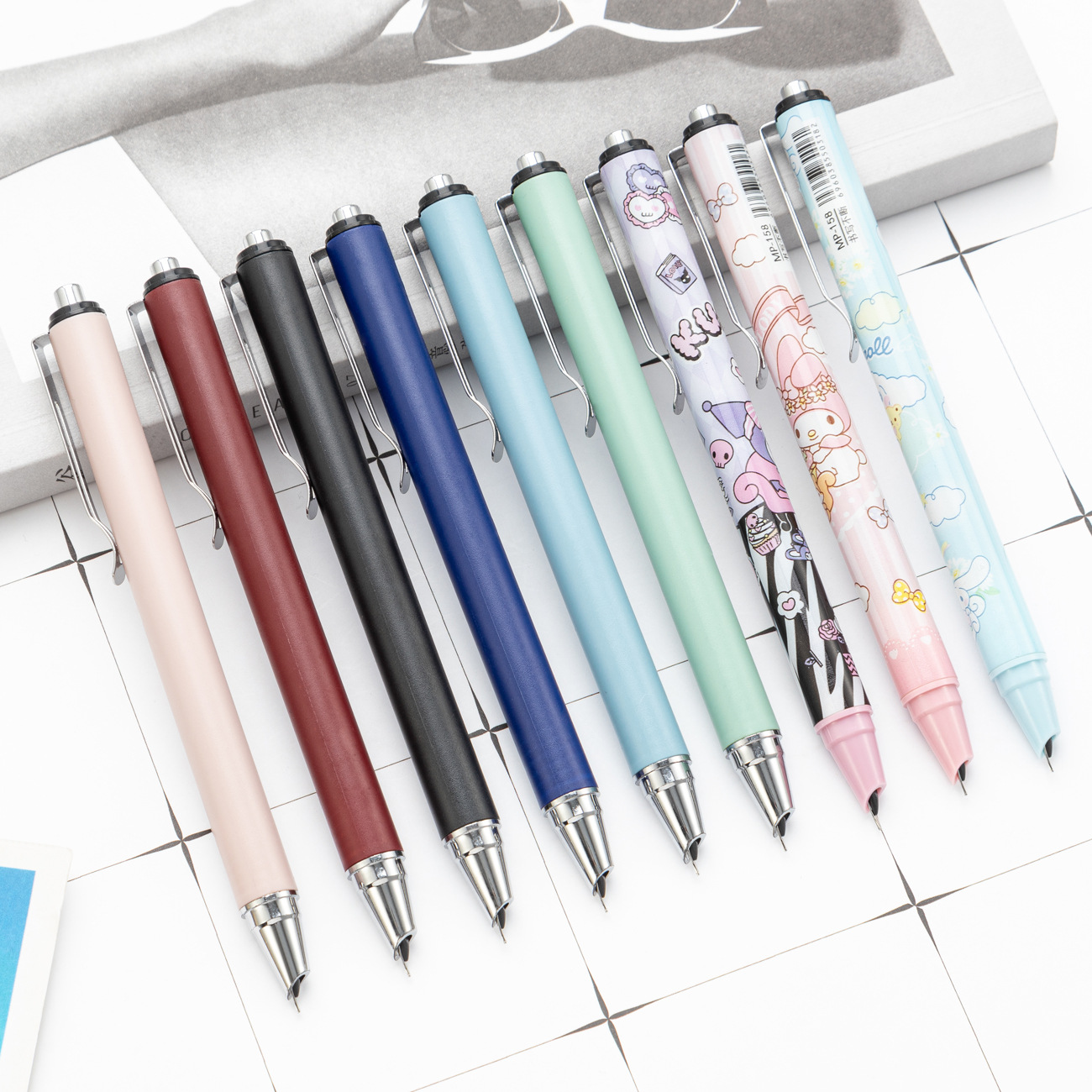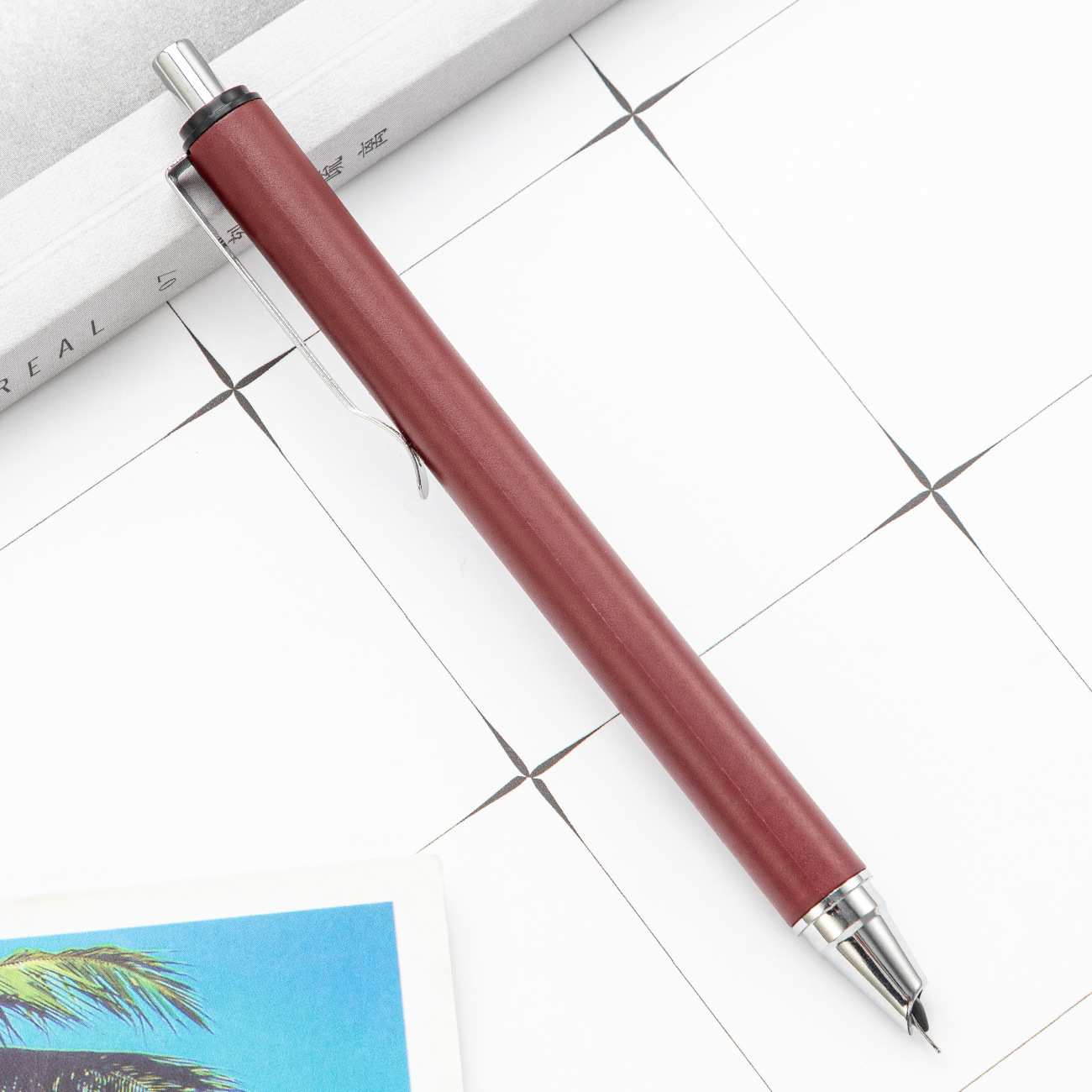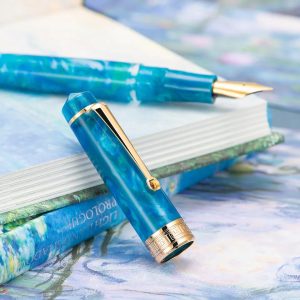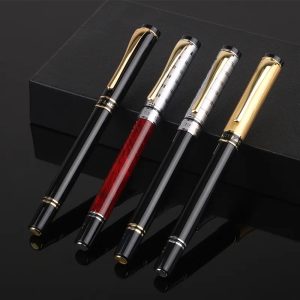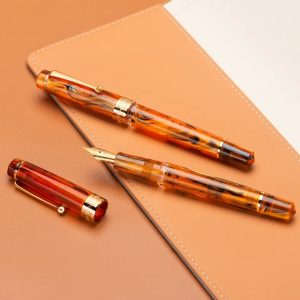Unlocking the Elegance and Precision of Fountain Pens
In an age where keyboards and touchscreens dominate, fountain pens stand as timeless icons of elegance, precision, and the art of writing. In this article, we’ll explore the enduring appeal, rich history, and unique advantages of fountain pens, highlighting their significance in both professional and personal contexts.
A Legacy of Craftsmanship
Fountain pens have a legacy dating back centuries. Originating in the 17th century, their design reached its zenith in the 19th century, thanks to visionaries like Lewis Waterman. Since then, fountain pens have graced the hands of scholars, poets, leaders, and thinkers, bearing witness to historic signatures, literary masterpieces, and personal reflections.
The Artistry of Fountain Pens
What sets fountain pens apart is their meticulous craftsmanship. Every element, from the nib—often crafted from materials like stainless steel or gold—to the choice of barrel and cap materials, reflects a fusion of form and function. The nib’s delicate touch on paper strikes a perfect balance between precision and fluidity, enabling writers to express their thoughts with grace and eloquence.
Advantages of Fountain Pens
Effortless Writing: Fountain pens require minimal pressure, providing a comfortable and fatigue-free writing experience, perfect for prolonged writing sessions.
Ink Variety: Fountain pens offer an extensive palette of ink colors and types, empowering writers to express themselves creatively and uniquely.
Sustainability: Fountain pens are eco-friendly, as they are refillable, contributing to the reduction of disposable plastic waste and promoting environmental responsibility.
Distinctive Design: Meticulous craftsmanship often adorns fountain pens, elevating them beyond mere writing tools to exquisite works of art.
Enhanced Handwriting: Many enthusiasts find that their handwriting improves with fountain pens, encouraging a more deliberate and controlled writing style.
Choosing Your Fountain Pen
Selecting the perfect fountain pen involves considering factors like nib size, ink compatibility (cartridge or bottled ink), and the pen’s material (metal, resin, wood). Fountain pens offer extensive personalization options, allowing users to select ink colors, nib types, and design elements that resonate with their unique preferences and style.
Conclusion
In a world where digital convenience often overshadows tradition, fountain pens remain as steadfast symbols of sophistication, precision, and the timeless charm of the written word. Embrace the elegance and artistry of fountain pens, and rediscover the joy of writing with a touch of timeless refinement and grace.
